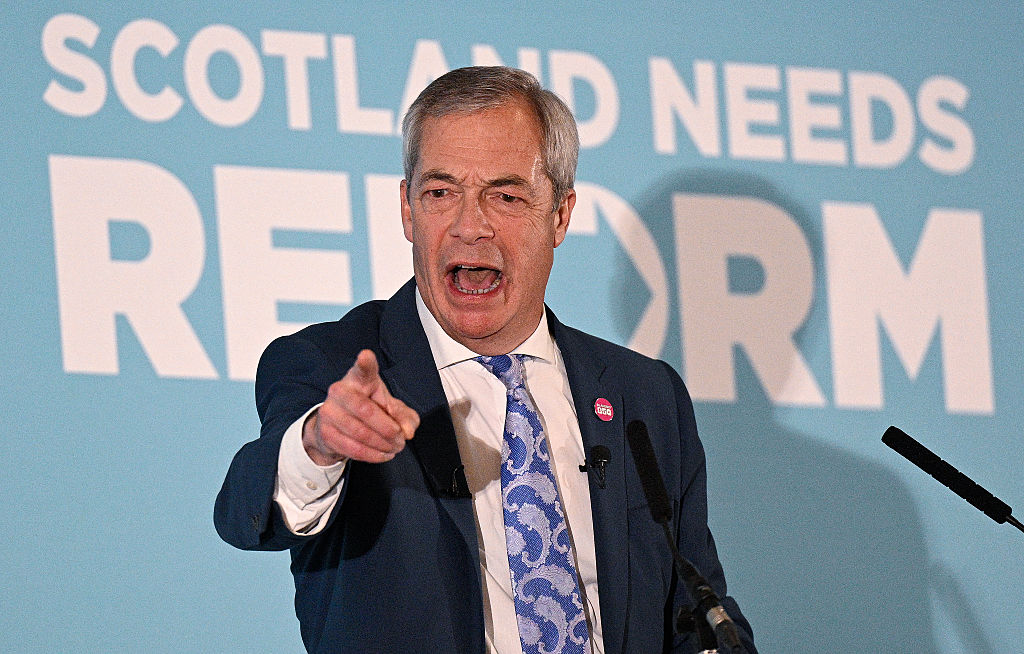Tesco posts first annual profit decline in two decades
Tesco reported its first decline in annual profits in two decades Wednesday, reflecting the costs of a turnaround plan.
Tesco reported its first decline in annual profits in two decades Wednesday, reflecting the costs of a turnaround plan.
The British supermarket posted an underlying pre-tax profit of £3.5bn in the year to February 23rd 2013, a 10.7% fall from the £3.92bn the previous year, and in line with the forecast from Vuma Consensus.
Group profit before tax came to £1.96bn, a 51.5% decrease from the prior year's £4.0bn.
MoneyWeek
Subscribe to MoneyWeek today and get your first six magazine issues absolutely FREE

Sign up to Money Morning
Don't miss the latest investment and personal finances news, market analysis, plus money-saving tips with our free twice-daily newsletter
Don't miss the latest investment and personal finances news, market analysis, plus money-saving tips with our free twice-daily newsletter
Chief Executive Philip Clarke said the drop in profits were a result of a £1.0bn restructuring plan which was launched after the supermarket issued a profit warning in January 2012.
"Our plan to 'Build a Better Tesco' is on track and I am pleased with the real progress in the UK," he said.
"We have already made substantial improvements to our customers' shopping experience, which are starting to be reflected in a better performance."
The plan included investments in more employees, refurbished stores, revamped food ranges and price initiatives in an effort to revive the group after losing market share to rivals like Sainsbury and Wal-Mart's Asda.
Tesco has also been walloped by the Eurozone crisis and was one of many UK retailers forced to remove beef products from its shelves after traces of horse meat were found.
It also suffered losses at its Fresh & Easy business and confirmed Wednesday it was exiting from the California-based venture. The announcement came as no surprise.
Tesco said the total impact of the US business to profit after tax was £1.2bn, including £169m trading losses and £1.0bn non-cash items - which predominantly includes the impairment of fixed assets and provisions for onerous leases.
A 1.4% increase in group revenues to £64.8bn did little to offset the costs of the write-off and reorganisation. Revenue was largely driven by online sales which grew 13% to £3.0bn.
The dividend remained unchanged at 10.13p, bringing the full-year dividend to 14.76.
"Our focus now is on disciplined and targeted investment in those markets with significant growth potential and the opportunity to deliver strong returns," Clarke concluded.
RD
Get the latest financial news, insights and expert analysis from our award-winning MoneyWeek team, to help you understand what really matters when it comes to your finances.
MoneyWeek is written by a team of experienced and award-winning journalists, plus expert columnists. As well as daily digital news and features, MoneyWeek also publishes a weekly magazine, covering investing and personal finance. From share tips, pensions, gold to practical investment tips - we provide a round-up to help you make money and keep it.
-
 MoneyWeek news quiz: How much will a 2026 FIFA World Cup final ticket cost?
MoneyWeek news quiz: How much will a 2026 FIFA World Cup final ticket cost?Quiz The 2026 World Cup, Netflix, and the cost of care all made headlines this week. How closely were you following this week’s top stories?
-
 Christopher Harborne: Reform UK donor and crypto billionaire
Christopher Harborne: Reform UK donor and crypto billionaireChristopher Harborne came into the spotlight when it emerged he had given £9 million to Nigel Farage's Reform UK. How did he make his millions?

